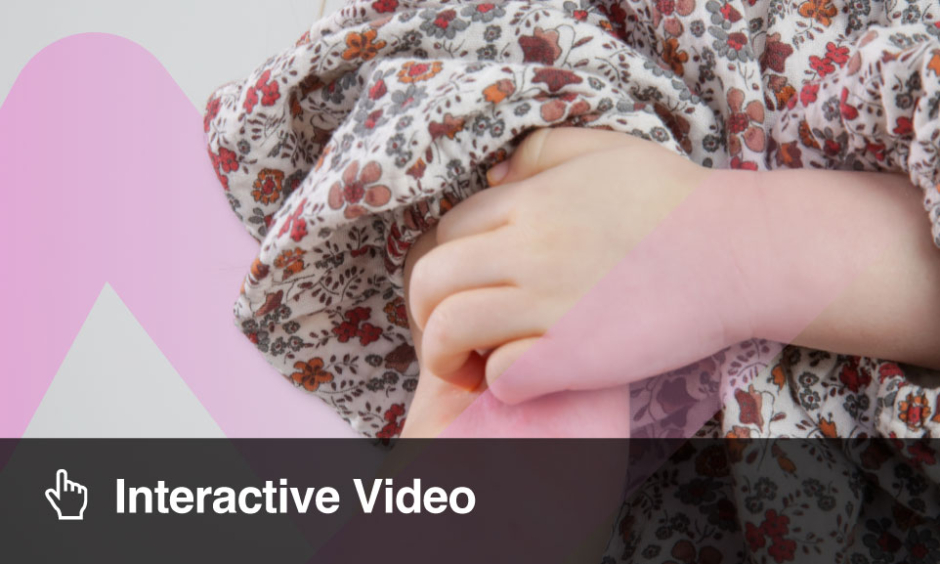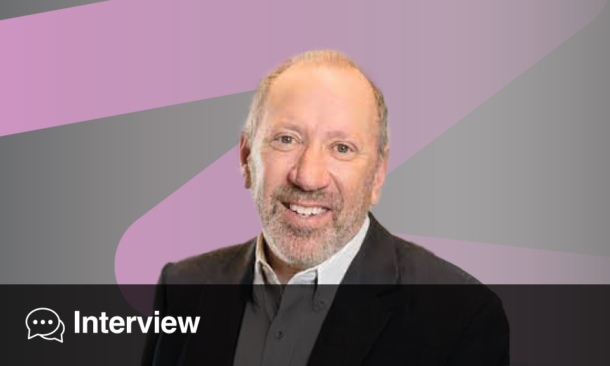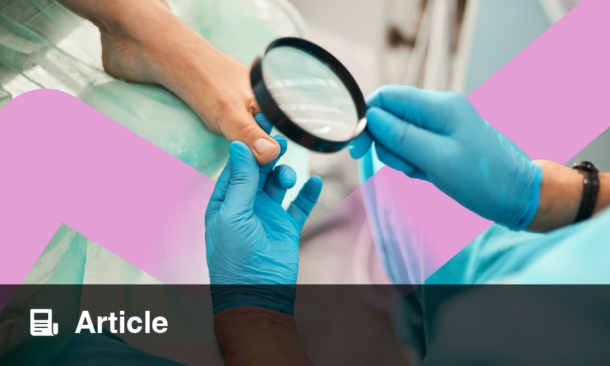ARTIFICIAL intelligence (AI) has an unlimited potential in terms of clinical utility and physician education in hair and nail disorders, according to a new study. As technology continues to rapidly grow in all areas of sciences, Mohamad Goldust, Yale School of Medicine, Yale University, New Haven, Connecticut, USA, and colleagues decided to analyse the possible role of AI in diagnosing and managing hair and nail disorders.
While AI has been used in some fields of medicine, its use in hair and nail disorders is not well studied yet. These disorders are usually diagnosed through visual assessment and clinical examination. This study suggested that AI could help gather data on the type of hair loss, the thickness or diameter of hair, scalp sensitivity, the degree of inflammation, and hair density. It could also help in the diagnosis of scalp lesions or for robotic hair restoration. Goldust stated: “AI can help the experts to diagnose and manage the disorders with more accuracy and less effort.” Furthermore, it would be less costly and could lead to better clinical outcomes. In order to facilitate the uptake of AI in the field, education of patients and medical staff is crucial.
Furthermore, the authors suggested that medical staff education would benefit greatly from the technology, as it would provide a ground for a more detailed clinical experience in a higher quantity, as well as helping medical students in their learning and practice. Goldust stated that the technology has a promising accuracy and reproducibility, and that it may open new doors in the field of hair and nail disorders. The researchers described its potential as “unlimited” and added that its use could benefit the population’s health when it comes to hair and nail disorders.







